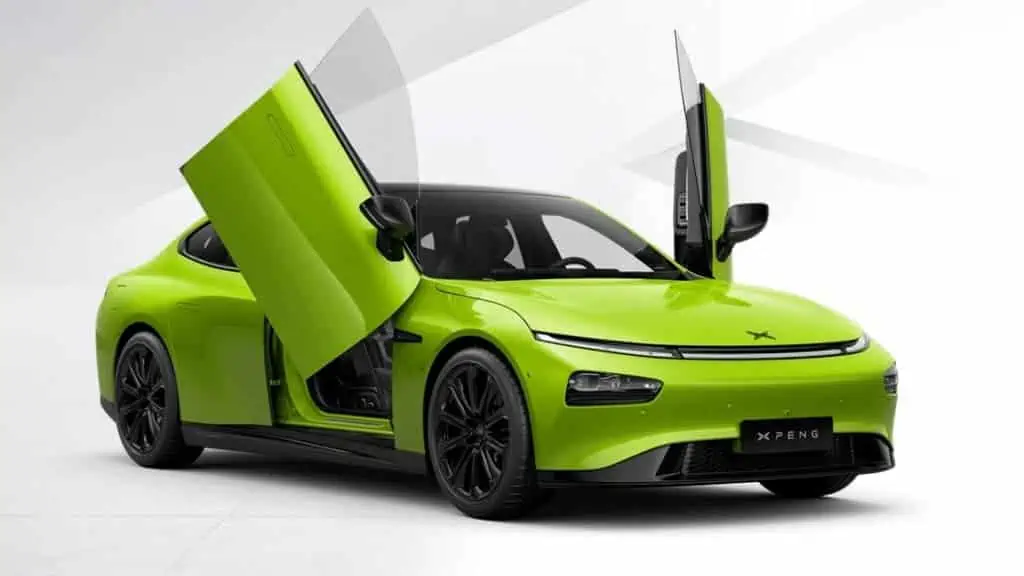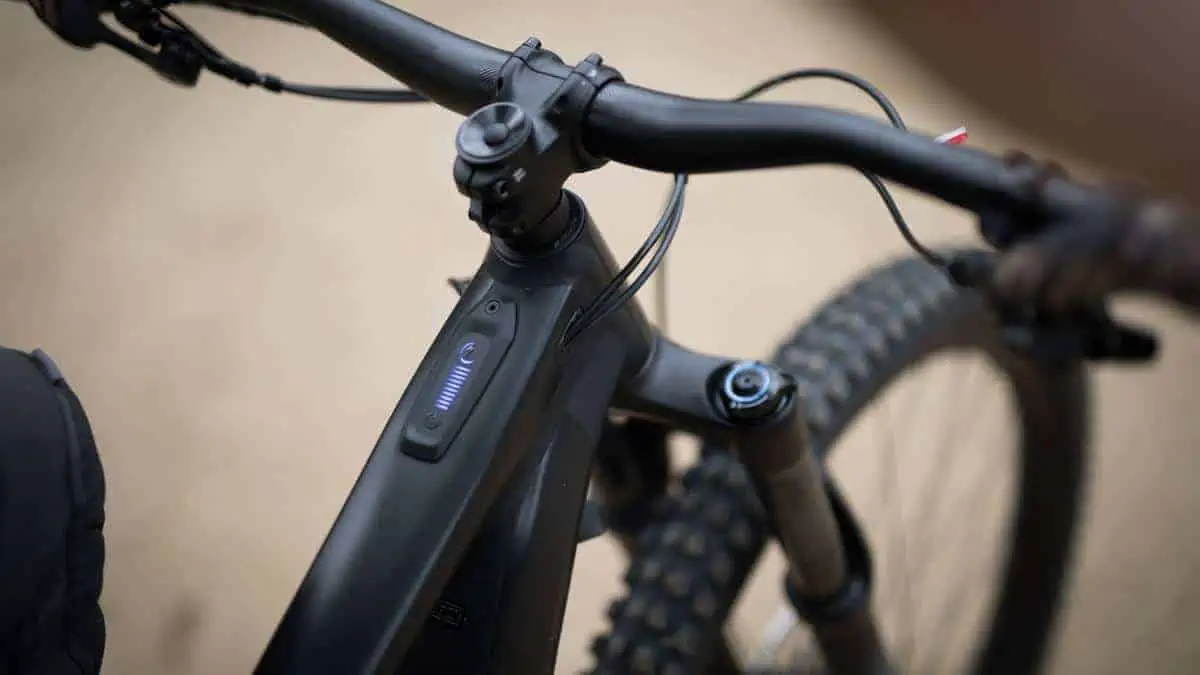Chinese manufacturer XPeng finished its 4th annual 1024 Tech Day in China yesterday, calling attention to its latest technological advancements in electric mobility, according to Electrek.
The presentation included breakthroughs in autonomous driving, self-evolving AI platforms, and robotic animals. In addition, Xpeng Inc. also shared its sixth-generation eVTOL has completed its first public flight.
XPeng’s Tech Day 2022 Recap
XPeng Inc., a Chinese EV manufacturer, founded in Guangzhou in 2014, is comprised of XPeng Motors and XPeng AeroHT, previously called XPeng Huitian – specializing in Urban Air Mobility (UAM).
Furthermore, the manufacturer developed its charging products and software and began looking through other ventures, such as robotics.
During 1024 Tech Day last year, XPeng unveiled the advancements of its “X Power” superchargers, XPILOT ADAS, and a robotic pony prototype with LiDAR. XPeng wrapped the event up by announcing its sixth generation eVTOL’s debut.
Prior versions of eVTOLS did not contain any wheels and were based on the XPeng P7 EVarchitecture. However, AeroHT’s latest model can cross roads and air, which has done its initial flight.
When XPeng’s XNGP ADAS debuted on the company’s G9 SUV last month, XNGP (navigation-guided pilot) was said to be the automaker’s final step before it dives into fully autonomous driving.
XNGP links all scenarios of the existing ADAS capabilities into one holistic system that will soon not mandate high-precision maps to function. The move opens up accessibility in all and any areas.
During Tech Day 2022, the Chinese company stated that major hardware upgrades support XNGP. It includes a dual-LiDAR system, 8-megapixel HD cameras, 508 TOPS computing power, and a new software architecture called XNet that works by using a closed-loop, self-evolving AI and data system.
XPeng Presents XNet Neural Network-based Architecture
XNet differs from its first-generation visual perception architecture. It adopted a deep neural network, developed in-house to provide visual recognition with human-like decision-making capabilities, and can draw data from multiple cameras.
The company stated that its autonomous driving technical stack could reach up to 600 PFLOPS, increasing the training ability of the autonomous driving model to over 600 times. Model training can be lower from 276 days to just 11 hours. And it uses 9 percent of its Orin-X chip’s processing power, compared to 122 percent before optimization.
These upgrades have allowed the company to develop a closed-loop autonomous driving data system (data collection, deployment, labeling, and training) that uses lightning-fast machine learning to self-improve consistently.
“XPeng’s high-efficient AI capabilities enable consistent and unsupervised machine learning and rapid iterations in training models, resolving over 1,000 rare corner cases each year.” as per the release.
It added, “This highly efficient closed-loop AI and data system has helped reducing the incident rate for the highway NGP by 95%.”
The XPeng Team explained that the technology would aid in enabling the manufacturer to develop and deploy an autonomous robotaxi fleet in China.
G9 SUV to be part of XPeng’s Robotaxi in China
XPeng’s autonomous driving vice-president, Dr. Xinzhou Wu, shared at Tech Day 2022 in Guangzhou that the brand is developing a robotaxi network in China.
The automaker shared that the G9 SUV is the country’s first mass-produced commercial vehicle to pass the Autonomous Driving Closed-field Test led by the Chinese government.
The company stated it had taken a significant step forward in robotaxi development by finishing the test to operate in a tier-one city like Guangzhou while using existing technology on its latest EV.
“Obtaining the road test permit by our mass-produced commercial vehicles – with no retrofit – is a major achievement. Our platform-based robotaxi development aims to generate significant cost benefits and ensure product quality, safety, and user experience,” Wu elaborated.
XPeng’s Robotic Pet’s Upgrade to Support a Better Motion
The ‘pony’ robot has an upgraded design to support multidegree-of-freedom (MDOF) motion and locomotion capabilities.
Other features upgraded include the following:
- A more sophisticated mechanical structure
- Battery and thermal management system
- Higher transmission efficiency
- High-end auto-grade computing platform
- Stronger robot actuator
- Upgrades to the motion control system (Robots can better adapt to complex indoor and outdoor terrain conditions such as gravel roads, stairs, and steep slopes.)
eVTOL’s Upgrade Design
In this year’s event, the automaker presented the latest eVTOL version, optimized from last year’s horizontal dual-rotor structure to a new distributed multirotor configuration.
The company also stated that the overall eVTOL system design complexity had been reduced to improve safety and reliability.
It is equipped with wheels and is capable of both driving and flight modes. XPeng AeroHT explained that the driving mode is comparable to any car in terms of functionality and measurement.
However, in its flight mode, eVTOL is piloted using the steering wheel and a right-hand gear lever that controls movement backward and forward, makes turns, ascends, descends, and hovers. AeroHT has demonstrated the lever and wheel design in July’s eVTOL test flight video.
Moreover, the company shared that eVTOL has completed its first flight and several single-motor failure tests.






